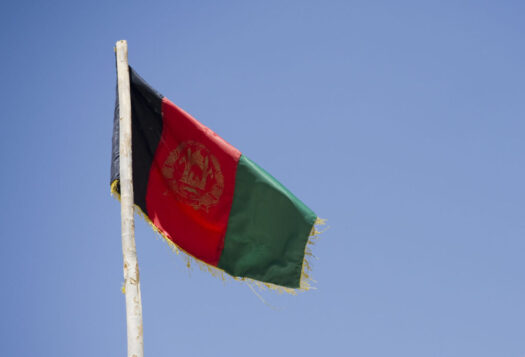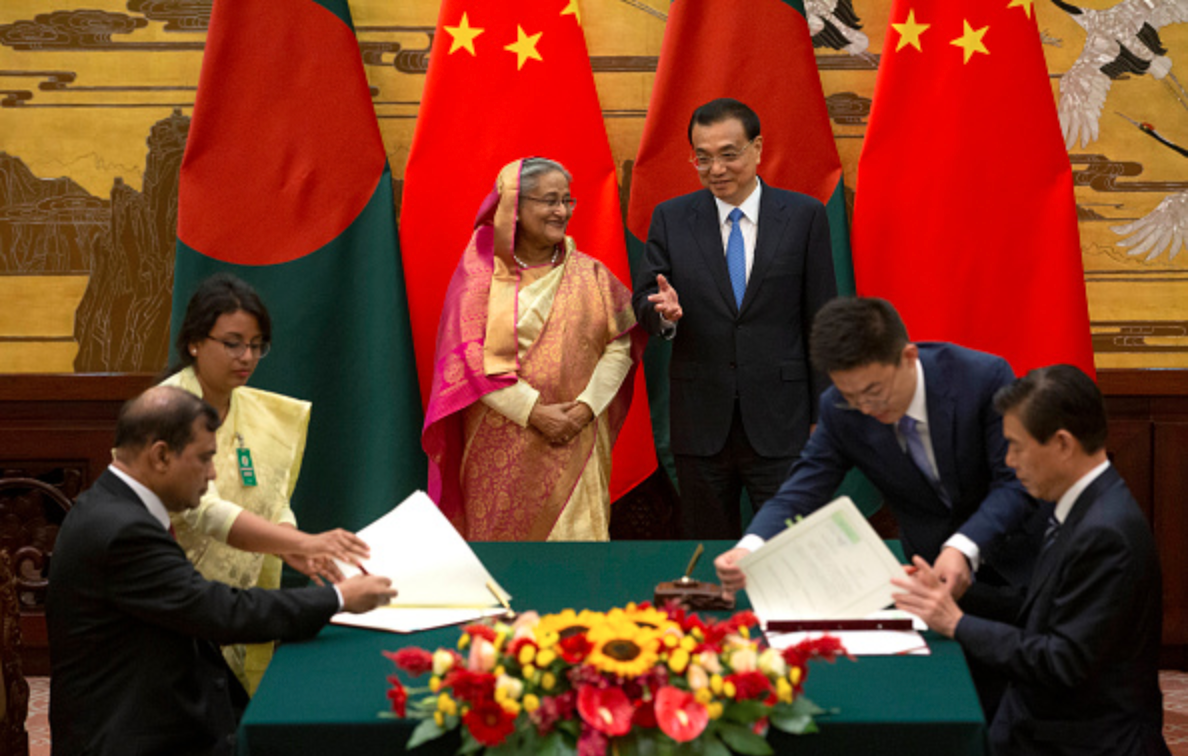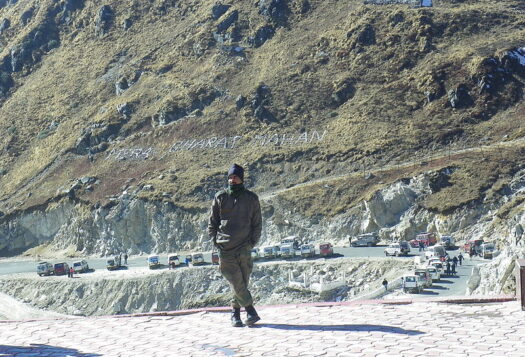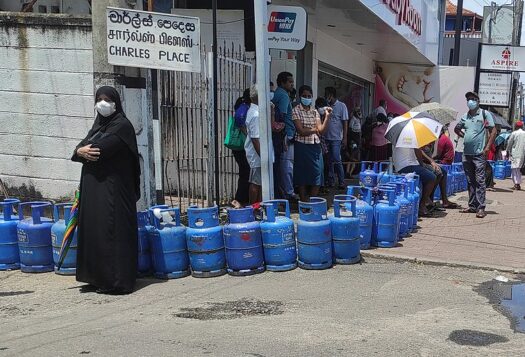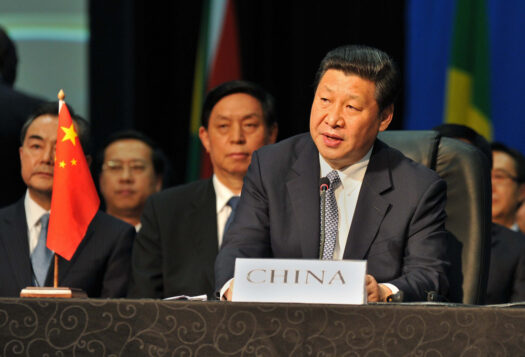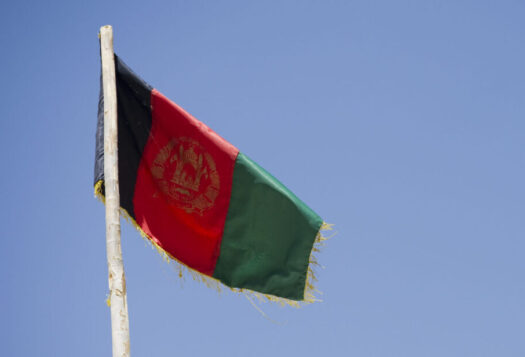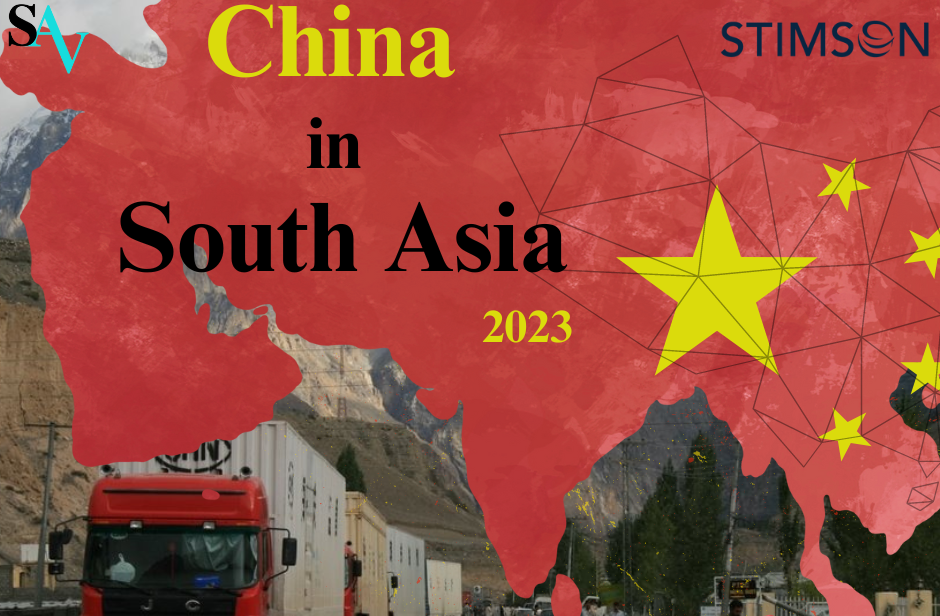
In 2017, South Asian Voices published a series examining China’s evolving role in South Asia, where contributors discussed Beijings’s strategic and economic goals in several South Asian countries. Over the past six years, China’s role in the region has shifted in significant ways. To take stock of these changes and continuities, SAV presents an updated series on China’s role in South Asia, in which our contributors analyze developments in the economic, military, and geopolitical goals of China in their respective countries.
In the series, Arash Yaqin and Saba Sattar argue that while China is a reliable economic partner for Afghanistan, there are several on-ground security challenges in the way of effective cooperation. Shafi Mostofa examines Bangladesh’s tilt away from the United States and India and towards China instead. Kalpit Mankikar analyzes the latest developments between India and China along the Line of Actual Control. Kithmina Hewage examines the shifts in Sri Lanka’s foreign policy towards China which is now focused on immediate economic needs. Fatima Raza determines the state of Sino-Pakistan ties in the backdrop of regional developments over the last five years, with a particular focus on the future of the China-Pakistan Economic Corridor (CPEC) and the U.S. Indo-Pacific strategy. Gaurab Thapa argues that Nepal must balance its relations with China such that it does not get engulfed in great power rivalry. Finally, Xuecheng Liu examines the drivers of China’s growing presence in South Asia at large, with a specific focus on three economic corridors.
Please come back and check this page frequently as we will continue to publish articles in this series.
